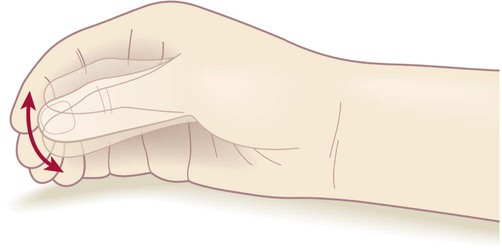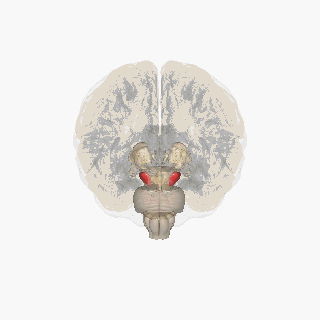Cardiac output is dependent on stroke volume and heart rate. A significant portion patients with chronotropic incompetence are unable to increase heart rate to compensate for increased output demand.
Parkinson's disease (PD) as well as Parkinsonism (PS)are of the most common age-related neurodegenerative disorders. Epidemiological studies have shown that Parkinson's disease is accompanied by high rates of premature death compared with the general population.
In general, death in PD/PS is usually caused by determinant factors such as pneumonia, cerebrovascular, and cardiovascular disease. There is a significant body of literature demonstrating involvement of the heart in PD/PS.
In this study, the authors tried to clarify the link between CI and UPDRS part II (off-on), which was calculated by subtracting part II (on) from part II (off), in patients with Parkinson's disease (PD).
Thirty-six hospitalized patients were examined by using cardiopulmonary exercise testing (CPET) for exercise tolerance (ΔVO2/ΔWR and peak VO2/W) and the presence of CI (ΔHR/ΔWR), and using electrocardiogram for heart rate variability.
The patients with Parkinson's disease (PD) who had Chronotropic incompetence, indeed experienced impaired exercise tolerance.
Those patients with Chronotropic incompetence had a difference in the UPDRS part II score when they were on and off. They felt the difference between ‘on’ and ‘off’ in activities of daily living.
The authors conclusions is that in PD patients, the difference between 'on' and 'off' in activities of daily living might be predicted by using ΔHR/ΔWR x100 obtained from CPET as an index.

 Source: KieranMaher at English Wikibooks
Source: KieranMaher at English Wikibooks
 ‘Pill-rolling’ rest tremor as found in Parkinson’s disease.
‘Pill-rolling’ rest tremor as found in Parkinson’s disease. Source Wikipedia: FrozenMan - Own work
Source Wikipedia: FrozenMan - Own work